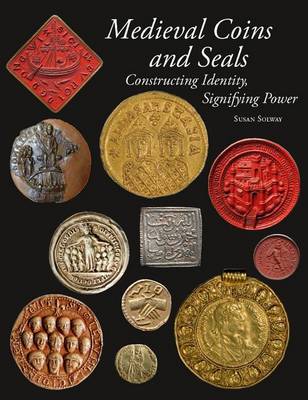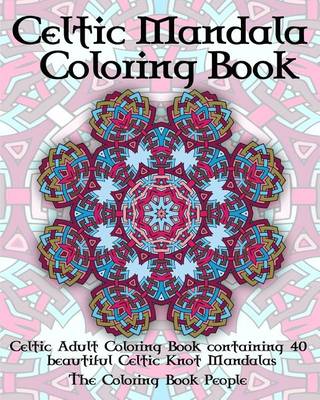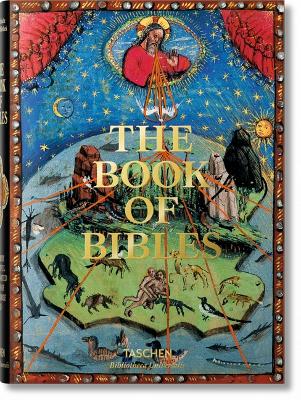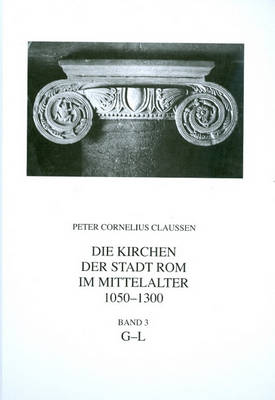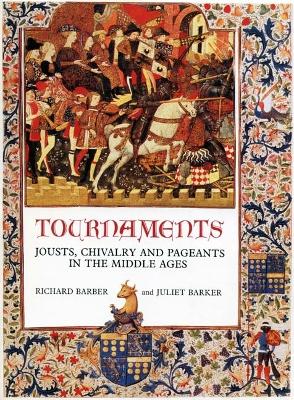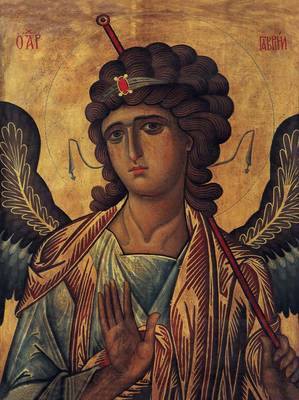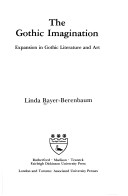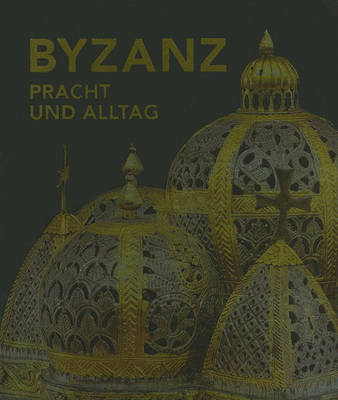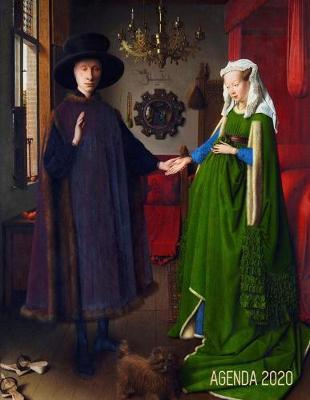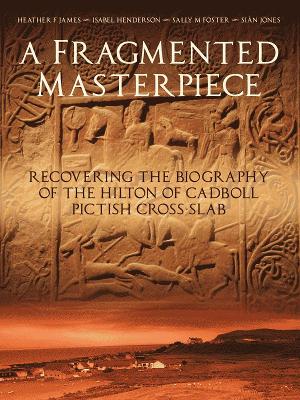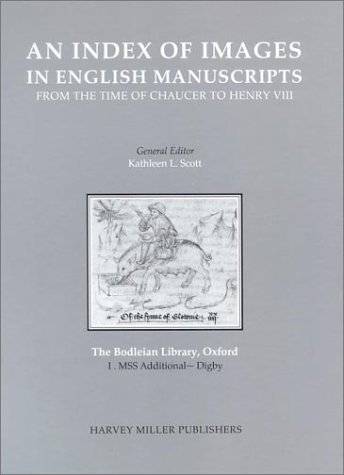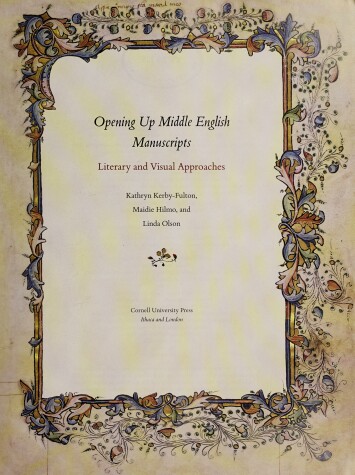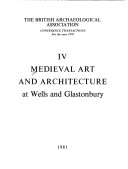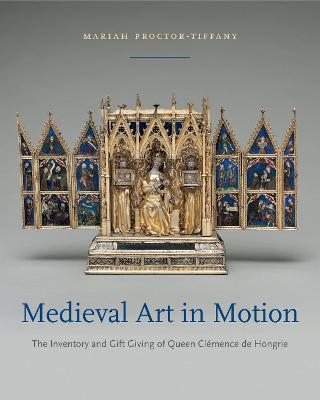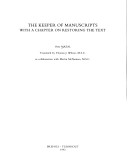The Holy Land, so bitterly fought over by Israel and Palestine, was mainly desert and arid land, the only fertile plains being down by Galilee. The flowers that would have grown 2000 years ago are very different from those that grew in northern Europe in the late Middle Ages. This book is not a literal interpretation of the flowers described in the Bible, but an accompaniment, with manuscript illuminations. It is a celebration of both the language of the Bible and the beauty of medieval manuscri...
Celtic Mandala Coloring Book (Coloring Books for Adults, #2)
by Coloring Book People
Le Livre Des Bibles (Bibliotheca Universalis)
by Stephan Fussel, Christian Gastgeber, and Andreas Fingernagel
Paramount in the shaping of early Byzantine identity was the construction of the church of Hagia Sophia in Constantinople (532-537 CE). This book examines the edifice from the perspective of aesthetics to define the concept of beauty and the meaning of art in early Byzantium. Byzantine aesthetic thought is re-evaluated against late antique Neoplatonism and the writings of Pseudo-Dionysius that offer fundamental paradigms for the late antique attitude towards art and beauty. These metaphysical co...
Will appeal to a wide audience. It is beautifully presented...the illustrations add further glory to a thorough historical analysis which is based on extensive research in Europe-wide sources... particularly useful in bringing toour attention lesser-known materials from the Iberian peninsula. The level of discussion, range and thoroughness of treatment and excellence of annotation make this a useful reference work for the academic historian too: it is hard to find any aspect of tournaments that...
Byzantium
The fall of the Byzantine capital of Constantinople to the Latin West in 1204 during the Fourth Crusade abruptly interrupted nearly nine hundred years of artistic and cultural traditions. In 1261, however, the Byzantine general Michael VIII Palaiologos triumphantly re-entered Constantinople and reclaimed the seat of the empire, initiating a resurgence of art and culture that would continue for nearly three hundred years, not only in the waning empire itself but also among rival Eastern Christi...
Demonstrates the connection between Gothic literature and art by analyzing the plot patterns, characters, and settings in Gothic stories and the construction and motifs of Gothic art from a stylistic, historical, and psychological approach.
St. John the Divine (Ahmanson-Murphy Fine Arts Books (Hardcover))
by Jeffrey F. Hamburger
Throughout the Middle Ages, John the Evangelist, identified as the author of both the Book of Revelation and the most profound and theologically informed of the four Gospels, provided monks and nuns with a figure of inspiration and an exemplar of vision and virginity. Rather than the historical apostle, this book's protagonist is a persona of the Evangelist established in theology, the liturgy, and devotional practice: the model mystic, who, by virtue of his penetrating insight, was seen as havi...
Google Earth's ancestor: a snapshot of urban life, circa 1600. This is history's most opulent collection of town maps and illustrations. This is the complete reprint of all 363 color plates from Braun and Hogenberg's survey of town maps, city views, and plans of Europe, Africa, Asia and Central America, with dozens of unusual details, two folding maps, as well as selected extracts from the original text and an in-depth commentary. It is first published in Cologne 1572-1617. More than four centur...
Les Époux Arnolfini Planificateur Quotidien 2020
by Parbleu Carnets de Notes
Opening Up Middle English Manuscripts
by Kathryn Kerby-Fulton, Maidie Hilmo, and Linda Olson
This deeply informed and lavishly illustrated book is a comprehensive introduction to the modern study of Middle English manuscripts. It is intended for students and scholars who are familiar with some of the major Middle English literary works, such as The Canterbury Tales, Gawain and the Green Knight, Piers Plowman, and the romances, mystical works or cycle plays, but who may not know much about the surviving manuscripts. The book approaches these texts in a way that takes into account the who...
L'Imitation de l'Antiquite Dans l'Art Medieval (1180-1230) (Les Etudes Du Rilma, #7)
by Laurence Terrier Aliferis
In this visually rich volume, Mariah Proctor-Tiffany reconstructs the art collection and material culture of the fourteenth-century French queen Clemence de Hongrie, illuminating the way the royal widow gave objects as part of a deliberate strategy to create a lasting legacy for herself and her family in medieval Paris. After the sudden death of her husband, King Louis X, and the loss of her promised income, young Clemence fought for her high social status by harnessing the visual power of poss...
The Keeper of Manuscripts, with a Chapter on Restoring the Text (Bibliologia, #11)
by O Mazal
